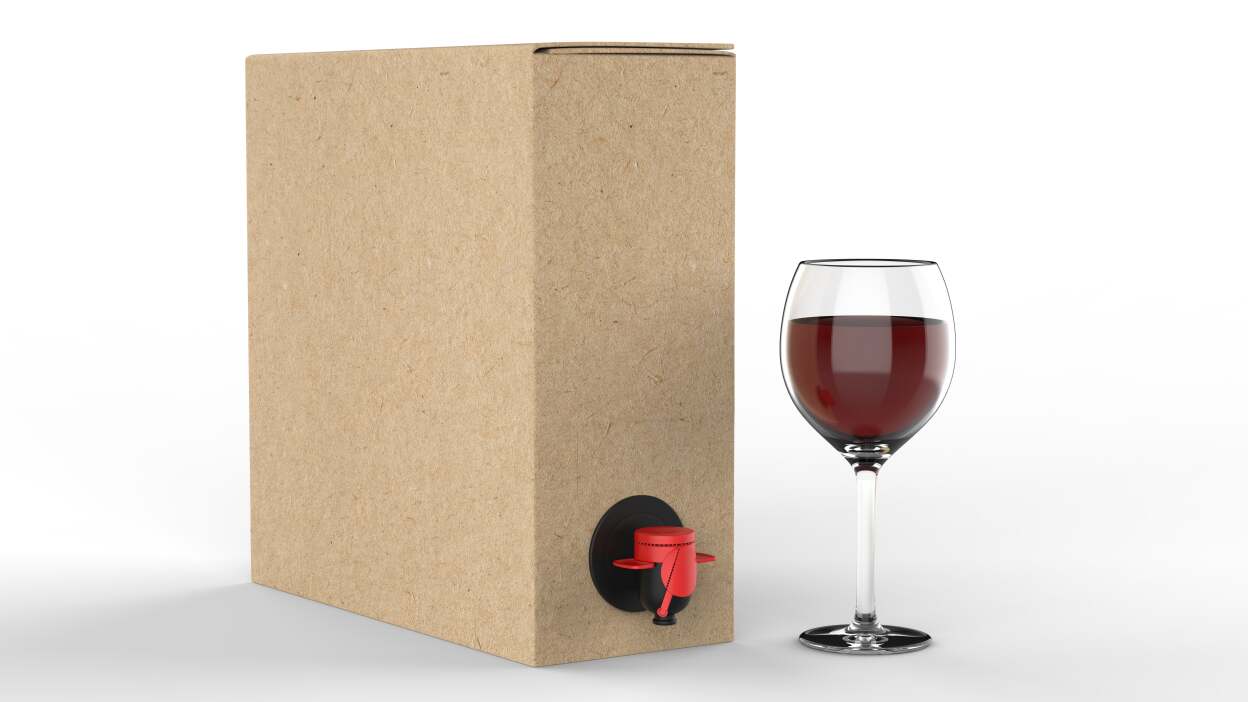В картонной коробке суть сегодняшней сумки обычно состоит из пяти слоев различных металлических и/или пластиковых пленок (Fradique et al., 2011; Reeves, 144 Альтернативная упаковка 2010). В отдельности они обеспечивают барьеры для кислорода и/или укрепляющих мембран для самой сумки (Reeves, 2010).
Результаты исследования 2011 года Университета Бордо показали, что
многослойные пластиковые материалы с многослойным ПЭТ (полиэтилентерефталат)
со слоями газовой барьерной смолы (примером является этилен-винил
Алкогольный сополимер и нейлоновая смесь MXD6) обеспечили значительно улучшенную защиту от входа кислорода, в отличие от одного слоя-контейнера для домашних животных, в целом, в целом короткий срок годности вин мешков (Yeamans-IRWIN2011).
Некоторые поставщики упаковки делают сумку, в которой используется металлированный слой, чтобы обеспечить большее ограничение кислорода. Этот материал, однако, более восприимчив к минуту разрыва во время отгрузки и обработки, создавая тем самым возможность проникновения кислорода (Reeves, 2010).
Срок годности вина в пакете в коробке зависит от числа
факторов: скорость входа O2, температура хранения, влажность, вино
композиция, размер сумки, разрывы пленки и скорость использования (Reeves,
2010). В целом, однако, рекомендация составляет от трех до шести месяцев
(Cravero, 2016).
Помимо кислорода, входящего через слои сумки, два других возможных
Источниками входа являются пластиковый кран или клапан и швы. Потенциал для протекания воздуха в вино проходит через шов, к которому крана соединяется с сумкой и к самому крану. В зависимости от условий хранения и типа вина, исследователи обнаружили, что летучие соединения в некоторых винах уменьшаются, по -видимому, вызваны как поглощением пластикового материала, так и уплотнением крана. Кроме того, дела в одном исследовании обнаружили аромат пластика только после 30 дней хранения в пакетах (Cravero, 2016).
Другое исследование показало, что Free SO2, который действует как консервант, был вдвое после трех месяцев хранения и уменьшился на 75% через шесть месяцев (Cravero, 2016). Тесты вкуса, сравнивая вино в пакетах с тем, что в бутылках в лучшем случае смешано.


 中文简体
中文简体 英语
英语 西班牙语
西班牙语 俄语
俄语 葡萄牙语
葡萄牙语 法语
法语 德语
德语 意大利语
意大利语



















